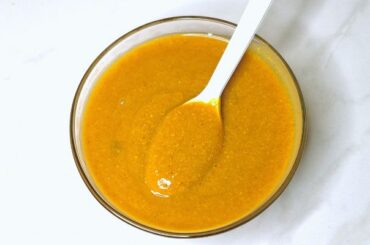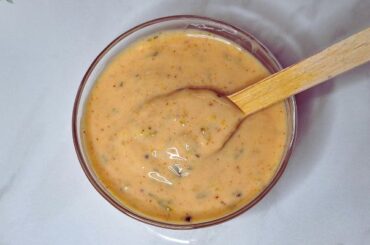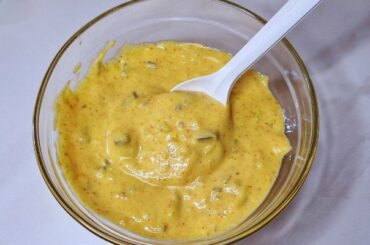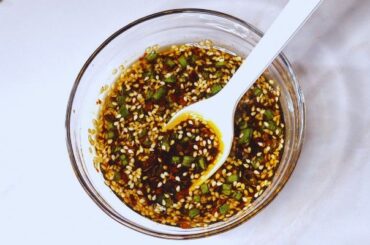The two Thai delights which will be our subject leaders are things that we often get confused with regard to Asian cooking. On that note, here’s all you need to know about Thai red chili paste vs red curry paste.
The key difference between Thai red chili paste and red curry paste comes down to their ingredients. Red curry paste typically contains more spices like galangal, coriander, cumin, etc. Meanwhile, Thai red chili paste usually has only two main spices. Accordingly, their flavor profile, texture, color, and usage in cooking vary.
So, keep reading to learn more about how these two popular Thai cooking ingredients differ from each other.
Thai Red Chili Paste vs Red Curry Paste
| Thai red chili paste | Red curry paste | |
|---|---|---|
| Base ingredient | Thai red chilies (roasted) | Thai red chilies (fresh) |
| Other ingredients | Garlic Shallots Sugar (palm sugar/ coconut sugar/ brown sugar) Tamarind Shrimp paste/ anchovy paste Fish sauce Dried shrimps Salt Oil (vegetable oil/ soybean oil) It may also contain: Vinegar Nuts | Garlic Galangal/ ginger Lemongrass Coriander root (cilantro root) Ground coriander seeds Ground cumin seeds White pepper/black pepper Shallots kaffir lime peel Shrimp paste Salt Fish sauce/ soy sauce (in some recipes) |
| Base flavor | Spicy and warm | Spicy and warm |
| Flavor profile | Less piquant than the red curry paste with mildly hot, smokey, warm, savory, and slightly sweet-sour hints. | Bolder, richer and more piquant than the Thai red chili paste with a slightly hot, warm, and strong “curry” undertone. |
| Texture | Chunkier than the red curry paste | Smoother than the Thai red chili paste |
| Color | It has a deep red color | Reddish-orange |
| Mode of usage in cooking | As a condiment and a cooking ingredient | Mainly as a cooking ingredient |
| Uses in cooking | Can be incorporated into stir-fries, soups, and stews It is great with crackers, toast, Roti, pita chips, fresh bread, etc. Can be mixed into noodles or rice dishes. As a flavor booster for sauces, gravies, and dips. Can be brushed on grilled fish, meat, other seafood, or tofu. | Works best as a base for coconut milk-based curries, soups, stews, or broths. It can be mixed into egg, meat, or fish dishes. To be used as a flavor enhancer in marinades and wet rubs. To be incorporated into sandwich or wrap spreads. In rice, pasta, noodles, and spaghetti dishes |
| Mode of production | Made commercially and domestically | Made commercially and domestically |
| Origin | Thai cuisine | Thai cuisine |
| Availability | Available under many brand names in different sizes. Can be bought from leading supermarkets, online shopping sites, and especially from Asian grocery stores. | Available under many brand names in different sizes. Can be bought from leading supermarkets, online shopping sites, and especially from Asian grocery stores. |
| Storage | Best stored in an air-tight glass container Refrigeration is not essential but can be kept for up to six months when kept in the fridge. | It should be stored in a well-fitting container/jar. Can be kept in a cool, dry place in the pantry, refrigerated, or frozen in sealable freezer bags. |
More About The Difference Between Thai Red Chili Paste And Red Curry Paste
The names of these two ingredients differ by a matter of one word- “chili” and “curry”. And these two different words are certainly used for a reason! As you see, red curry paste and Thai red chili paste have a significant difference in terms of their flavor profiles.
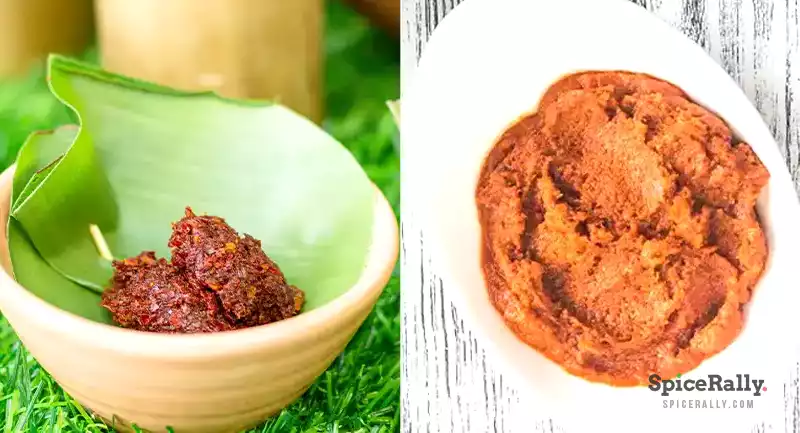
Typically Thai red chili paste calls for roasted chilies, while the red curry paste is often made with fresh red chilies. Consequently, red chili paste gets its unique smoky warmth, and red curry paste holds a more “curry” note since it is blended with additional spices.
Moreover, Thai red chili paste comes with the privilege of enjoying it as a condiment and an ingredient. But, red curry paste is usually called for dishes that require cooking. The chili paste is good to go as a side condiment with fried rice, bread, toast, crackers, etc., while the curry paste is a great flavor booster to coconut milk-based curries and works wonderfully as a base for soups or stews.
However, despite their differences, red curry paste can still be a good substitute for Thai red chili paste and vice versa. In fact, red curry paste can be used as an ingredient alternative for the dishes that originally called for red chili paste.

